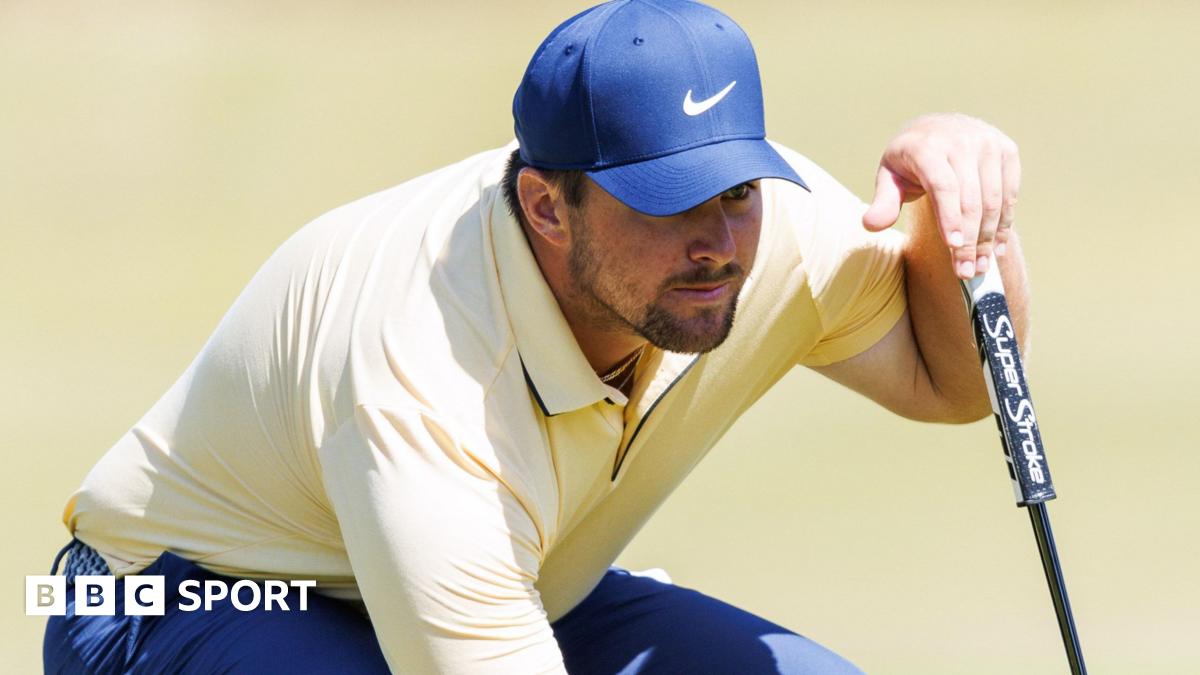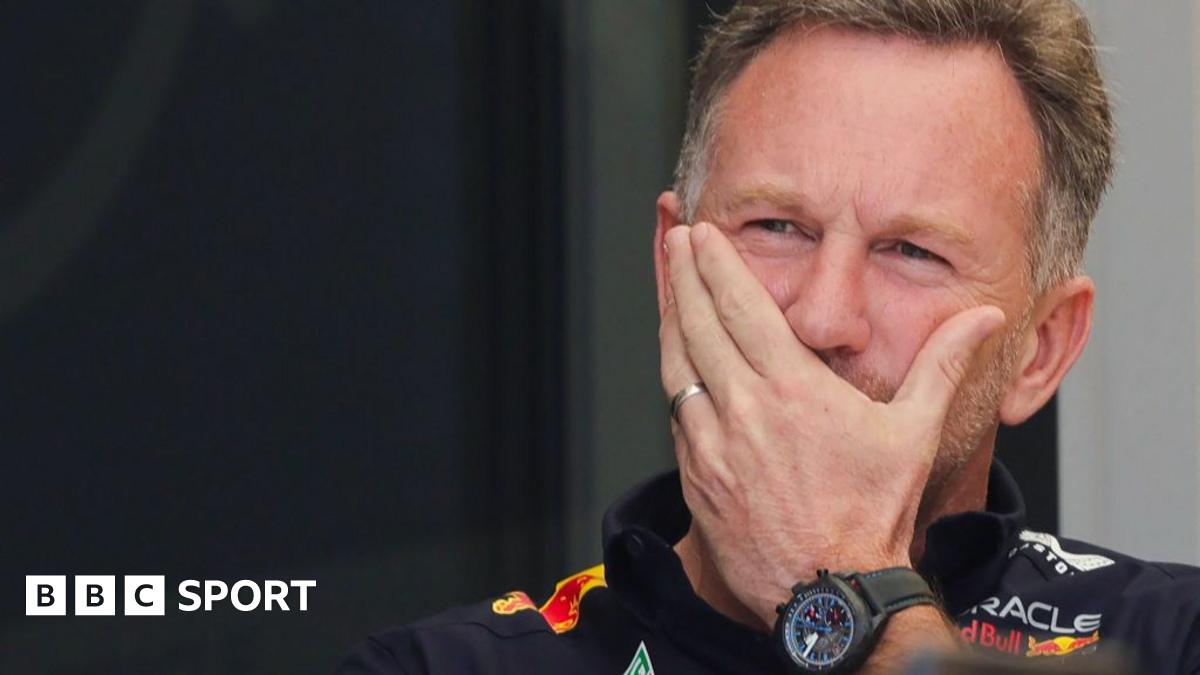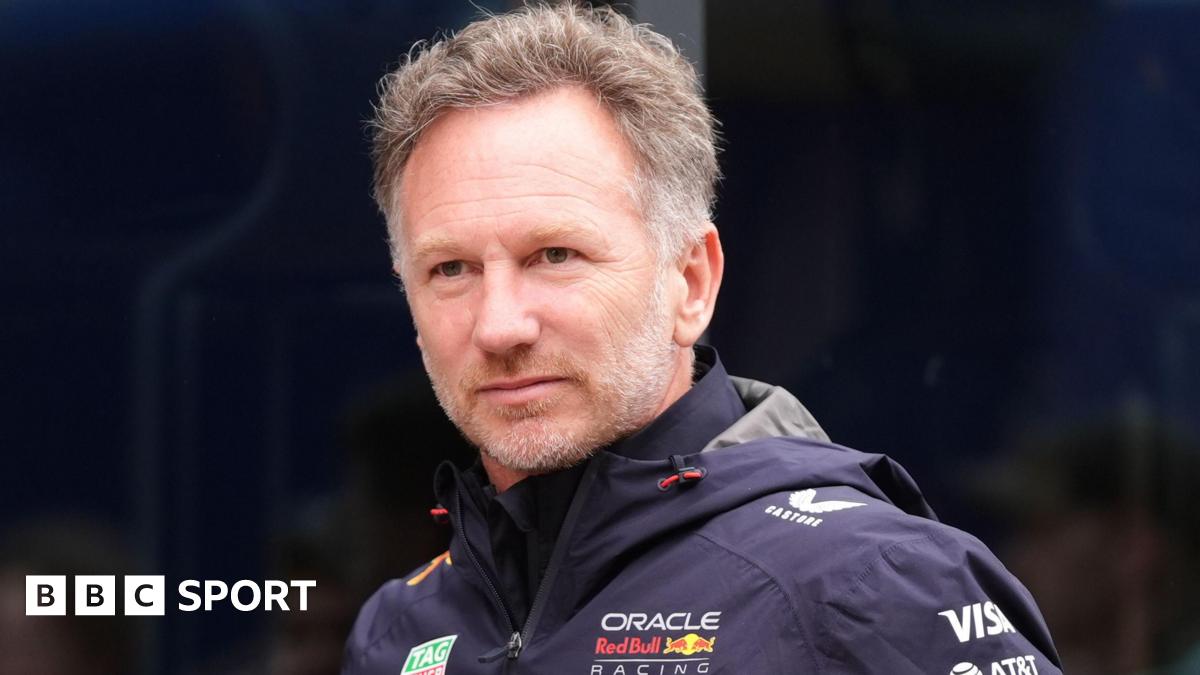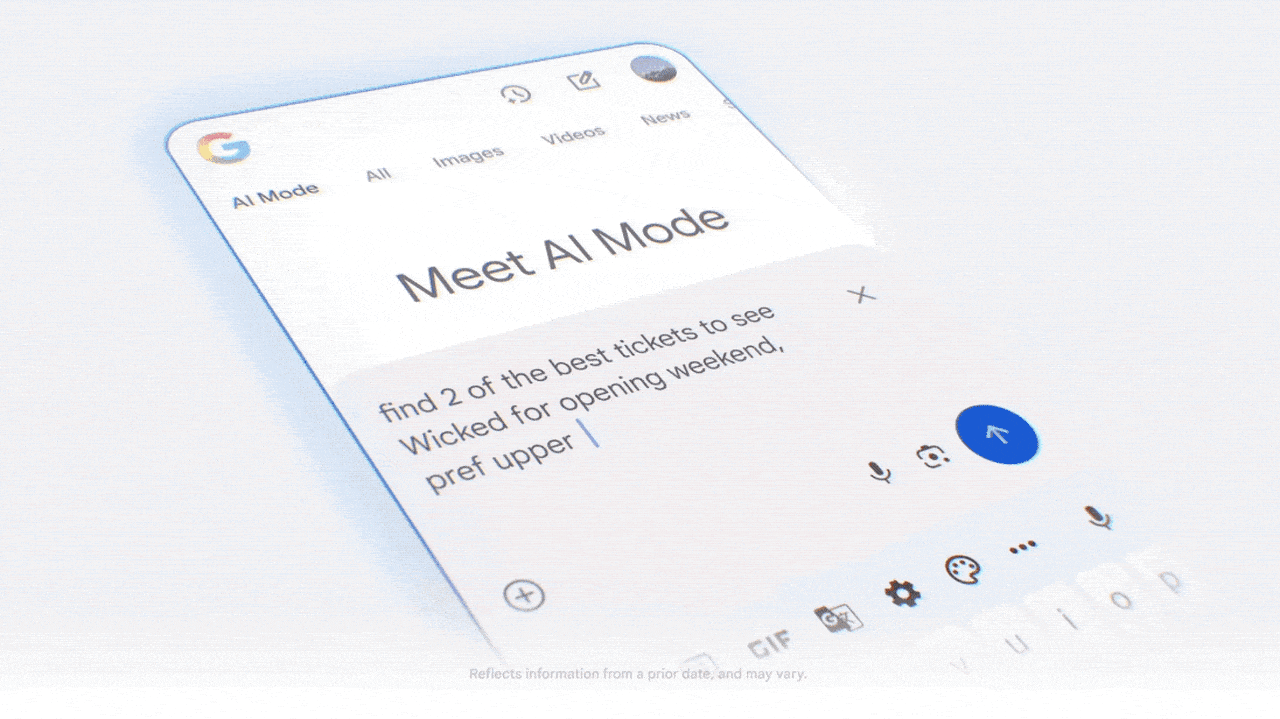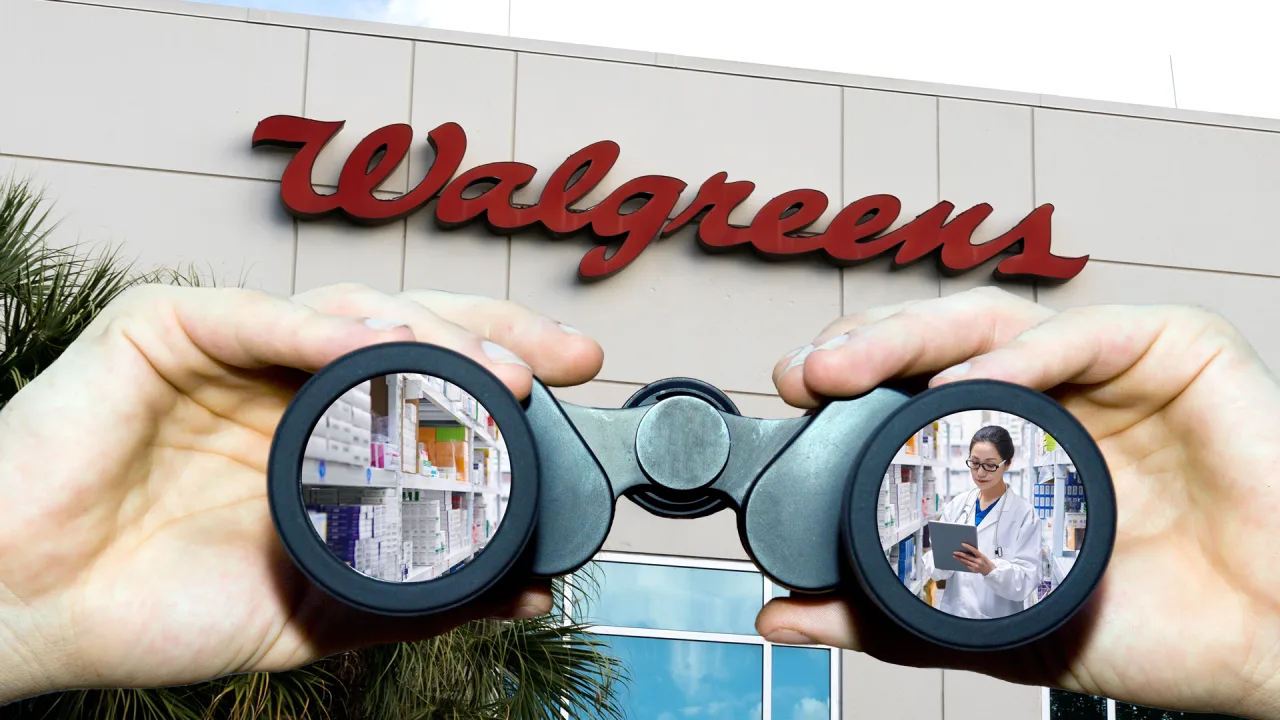Driver blind spots are getting bigger. Blame new car design
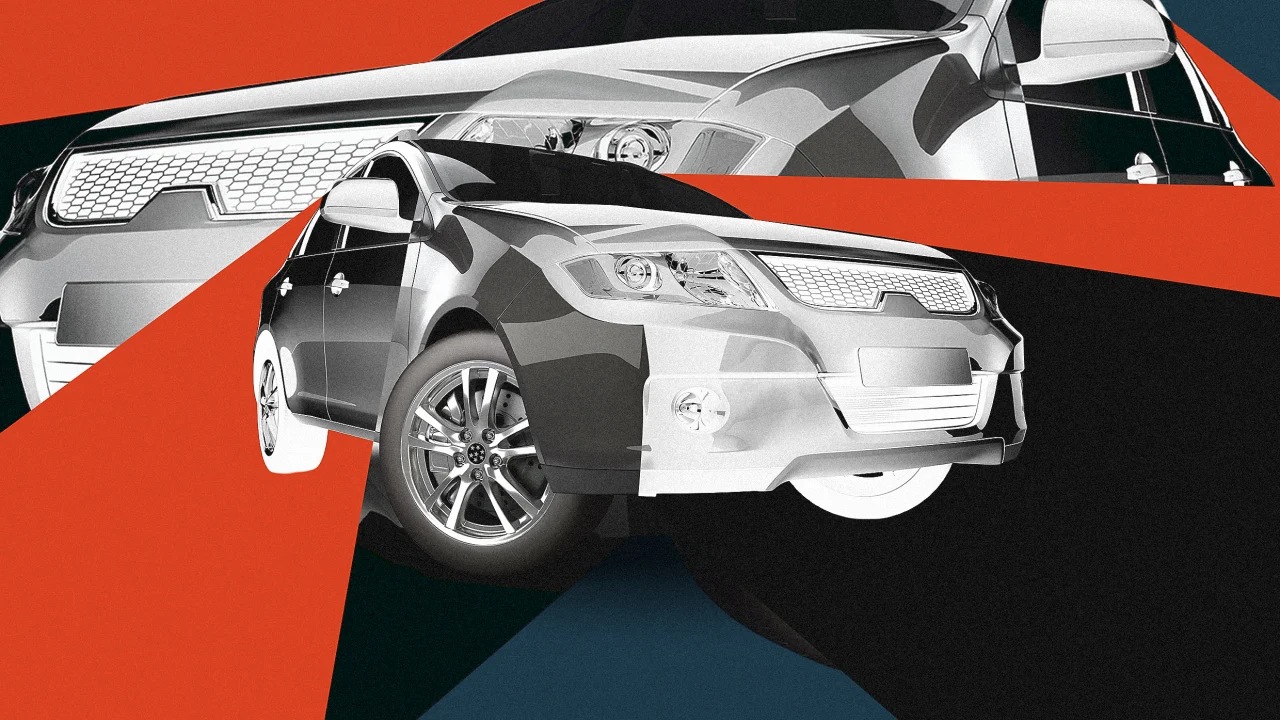
The view from the driver’s seat is changing—and becoming more dangerous. According to a new study from researchers at the U.S. Department of Transportation’s Volpe Center in Massachusetts, the size of driver blind spots in vehicles has steadily increased over time.
The study looked at six different models of top-selling cars sold in the U.S., including the Honda CR-V, the Chevrolet Suburban, and the Toyota Camry, and compared blind zones in different versions of those cars released between 1997 and 2023. Using a camera-based visual measurement tool, the researchers found that the forward blind zones in every one of the six cars got bigger in newer models. The worst-performing models—the CR-V and the Suburban—had forward visibility reductions of up to 58%.
“It’s glaring, it’s shocking, but it might not be surprising, given that we are seeing vehicles get larger and taller and heavier over the years,” says Becky Mueller at the Insurance Institute for Highway Safety, one of the report’s coauthors. She is the lead engineer on driver direct vision research at IIHS, and helped develop a new method for measuring what a driver can see around a vehicle.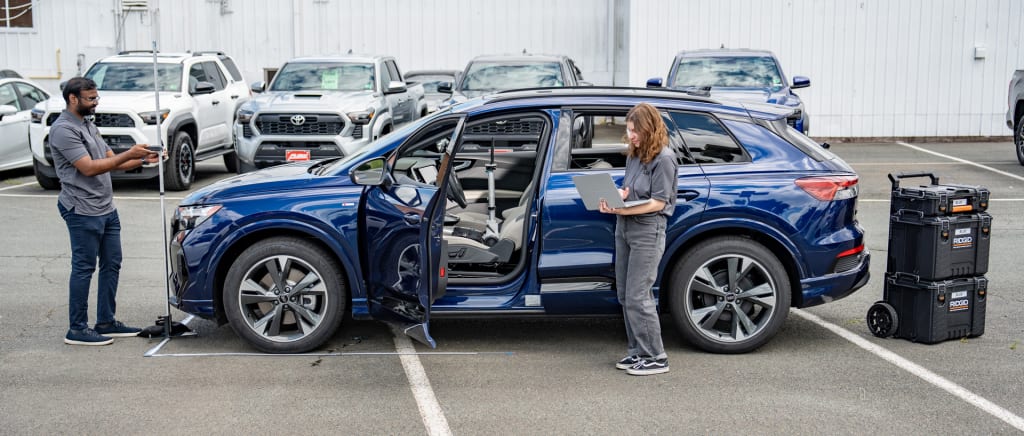
How to measure a blind spot
Using a three-piece rig and a camera-enabled smartphone, researchers can now take accurate measurements of the field of vision for drivers of varied heights in nearly any car on the market.
For the study, published in the SAE International Journal of Transportation Safety, the researchers focused on forward visibility within a 10-meter radius of the vehicle, or roughly 33 feet. That’s the average driver stopping distance at 10 mph, the speed at which car blind spots are a common factor in crashes. They studied six of the more common vehicle models that have been on the market continuously for at least the last 20 years. Measuring the direct vision field from different year models of each of those cars created a longitudinal data set that they could then use to track how blind spots have changed over time.
What they found was a steady decrease in outward visibility. Honda’s compact SUV model CR-V, for example, had a significant drop. Drivers of the 1997 CR-V could see 68% of the area 10 meters in front of the vehicle. By the 2022 model, they could only see 28% of that area. The larger Chevrolet Suburban SUV, also had a large decrease in visibility. Drivers of the 2000 Suburban could see 56% of the area 10 meters in front of the vehicle. Drivers of the 2023 model could only see 28%.
“We’re interested in learning more about the new IIHS research and assessment approach and how it may relate to safety performance in the field,” says Chevrolet spokesperson Shad Balch. “We believe in an approach that prevents a collision, starting with an attentive driver and supported by sensing and braking technologies. GM’s active safety features constantly monitor vehicle surroundings, helping to protect occupants and others from all viewpoints.”
Honda did not respond to a request for comment.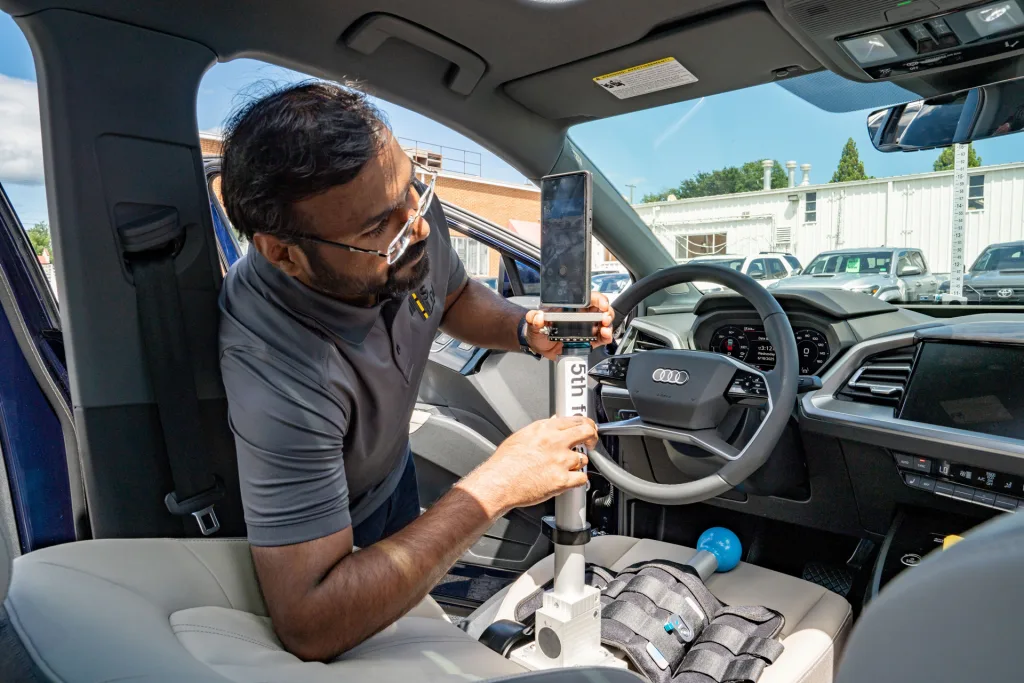
The car size problem
This data complements previous studies looking at the size and shape of cars, which, like car blind spots, are getting bigger. Over the past three decades, the IIHS found that the average U.S. passenger vehicle has gotten 4 inches wider, 10 inches longer, 8 inches taller, and 1,000 pounds heavier. The organization also found that vehicles with a hood height greater than 40 inches are about 45% more likely to cause pedestrian fatalities—road deaths that have increased nearly 40% since 2000.
Mueller says vehicle design is playing a role in the decrease of forward visibility. She’s noticed increases in the size of side- and rear-view mirrors and mirror casings, as well as of A-pillars, the part of the car frame that rises up from the hood over the front door. And while there are some regulations governing the minimum size of components like mirrors, there is no maximum size limitation. “There just isn’t a lot of guidance for vehicle manufacturers to know what is causing blind zones for drivers, and how to redesign so that they can mitigate some of those things,” she says.
Some vehicle safety features may be compensating for the decrease in forward visibility. Chevrolet’s Balch points to several safety features in new GM vehicles, including automatic emergency braking, forward collision alert, front pedestrian braking, HD Surround Vision camera systems, and side bicyclist alert. Other carmakers, like Volvo, have developed additional safety technologies that aim to reduce the likelihood that a driver will crash into a pedestrian or cyclist.
Mueller says IIHS is currently in the process of expanding its vehicle blind zone analysis, looking at 150 different vehicle models. She says there will be an additional analysis of vehicle crash data to see whether there are connections between reduced visibility and increased crash rates. This is a particular concern when it comes to vehicle crashes involving pedestrians and cyclists, who are much more likely to be injured or killed than vehicle occupants.
“If we do find a strong correlation between larger blind zones and more crashes, that is something that we can make known to consumers, and then also make vehicle design recommendations that will help vehicle manufacturers design vehicles that minimize blind zones,” she says.
What's Your Reaction?
 Like
0
Like
0
 Dislike
0
Dislike
0
 Love
0
Love
0
 Funny
0
Funny
0
 Angry
0
Angry
0
 Sad
0
Sad
0
 Wow
0
Wow
0


































